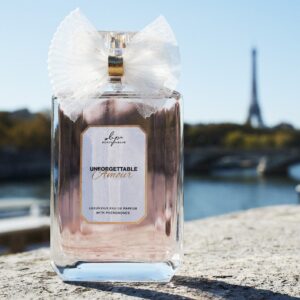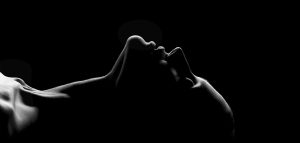Contents
The Reformation, a pivotal period in European history, marked a profound transformation in religious, social, and cultural landscapes. At the heart of this historical upheaval lies the question: “Which was an effect of the Reformation on the arts?” This article delves into the impact of the Reformation on the world of art, exploring how this religious movement ushered in significant changes in artistic expression, patronage, and themes.
The Reformation was a religious and cultural movement that swept through Europe in the 16th century. It challenged the authority of the Roman Catholic Church and led to the establishment of Protestantism. While its primary focus was on religious matters, the Reformation had far-reaching consequences, including profound effects on the arts.
The Reformation: A Brief Overview
The Reformation emerged as a response to perceived corruption within the Catholic Church, driven by figures such as Martin Luther, John Calvin, and Huldrych Zwingli. It called for a return to the Bible as the ultimate source of religious authority and advocated for the simplification of religious practices. This religious shift laid the groundwork for profound changes in the world of art.
Religious Iconography and Artistic Expression
Religious iconography underwent a dramatic transformation during the Reformation. The Catholic Church had a rich tradition of ornate art, with elaborate paintings, sculptures, and decorations adorning churches and cathedrals. However, the Reformation led to a shift towards Protestant simplicity.
In Protestant regions, religious art became more subdued and focused on conveying biblical messages directly. The use of less ornate imagery became common, emphasizing clarity and directness. This shift had a significant impact on religious paintings, sculptures, and church decorations.
The Rise of Secular Art
In the wake of the Reformation, there was a notable rise of secular art. As religious themes became less prominent in art, artists began to explore non-religious subjects with greater freedom. This marked a departure from the centuries-long dominance of religious themes in European art.
Artists, once primarily commissioned by the Church, found new patrons among the burgeoning middle class and secular rulers. This shift allowed for more diverse and experimental artistic expression. Notable artists like Michelangelo and Leonardo da Vinci expanded their horizons to encompass a wider range of subjects.
Patronage and Artistic Freedom
The Reformation brought about changes in the dynamics of art patronage. While the Catholic Church had been the primary patron of art in the past, the rise of Protestantism and the decline of church authority led to new patrons stepping forward. Protestant leaders and churches, as well as wealthy merchants, became significant patrons of the arts.
This changing patronage structure provided artists with greater artistic freedom. They were no longer confined to religious themes and could explore a broader spectrum of subjects. The newfound artistic liberty resulted in innovative and diverse works of art.
The Spread of Artistic Ideas
The Reformation played a crucial role in the spread of artistic ideas. With the advent of the printing press, art-related texts, treatises, and ideas could be disseminated more widely and rapidly than ever before. Artists, scholars, and art enthusiasts across Europe were exposed to new artistic concepts and techniques.
Regions such as Northern Europe, particularly the Low Countries and Germany, became centers of artistic innovation during this period. The exchange of ideas between Protestant and Catholic regions also enriched the European artistic landscape.
The Reformation had a profound and lasting impact on the arts. It transformed religious iconography, giving rise to a more straightforward and direct style. Simultaneously, it paved the way for the flourishing of secular art, granting artists newfound freedom and diverse sources of patronage. The Reformation’s influence on art extended beyond its religious aspects, contributing to the spread of artistic ideas and innovation. Understanding these effects is essential to grasp the intricate interplay between religion, culture, and art during this transformative period in history.








